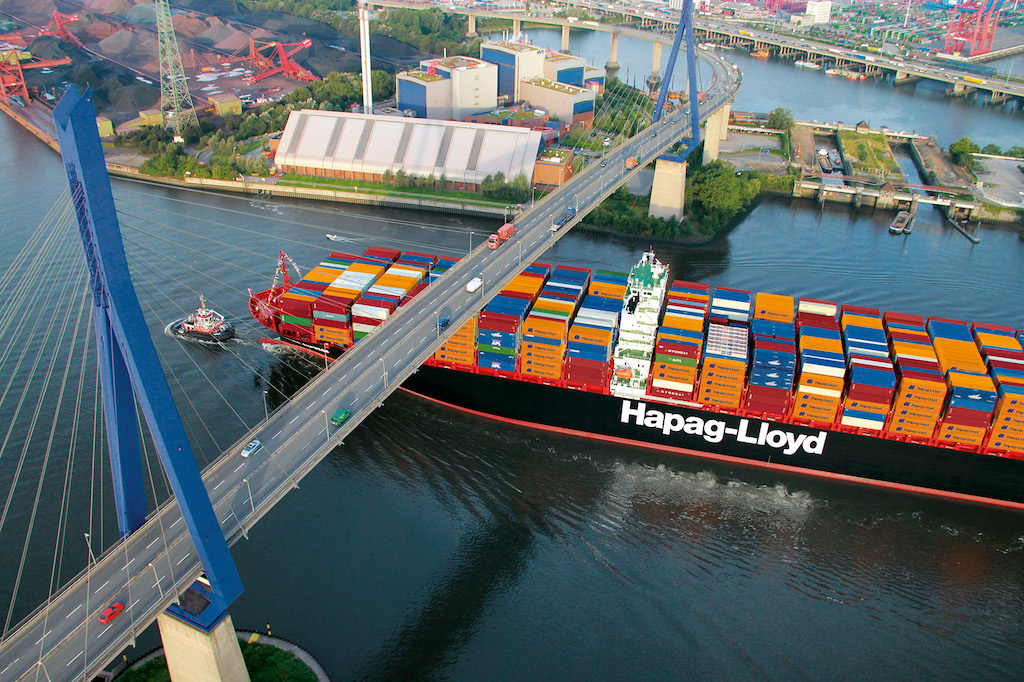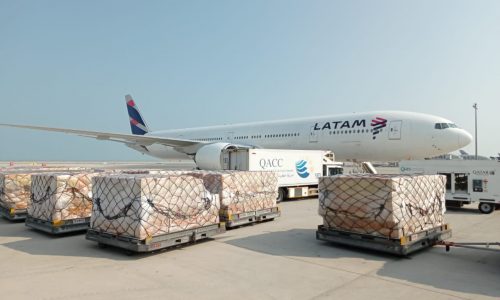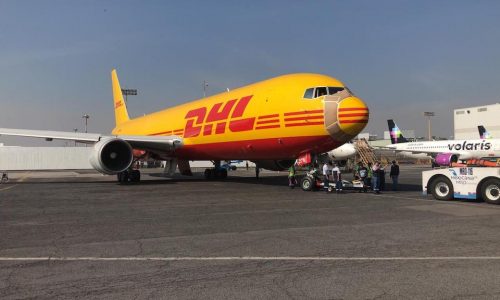Higher transport volumes and better freight rates boosted revenues
Pandemic will have “very significant” impacts in 2020

German container line Hapag-Lloyd recorded earnings before interest and taxes (EBIT) of $176m (€160m) for the first quarter of 2020, down from $243m (€214m) in 2019.
The group net result declined to approximately $27m (€25m). Earnings before interest, taxes, depreciation and amortisation (EBITDA) decreased slightly to $517m (€469m).

Hapag-Lloyd chief executive Rolf Habben Jansen said: “Despite the coronavirus pandemic, we have gotten the year off to a good start. Higher transport volumes and better freight rates have boosted our revenues.
“The financial result is below the first quarter of the previous year as we faced higher bunker prices after the new IMO 2020 rules on 1 January and we had a significant negative bunker stock valuation after the decline in crude oil prices at the end of the first quarter.”
Revenues increased in the first quarter of 2020 by around 6%, to $3.7bn (€3.3bn), due primarily to a 4.3% increase in transport volumes to more than 3m TEU, and an improved average freight rate of $1,094 per TEU.
Transport expenses increased by almost 10%, “disproportionately to revenues,” particularly due to higher bunker costs, which increased by $98 to $523 per tonne as a result of the transition to low-sulphur fuel oil required by the IMO 2020 regulation.
This had a negative impact on earnings, as did a devaluation of bunker inventories of around $64m (approx €58m) due to the “rapid decline in crude oil prices” that began at the end of the first quarter.
Added Habben Jansen: “Although we were able to pick up a bit of tailwind at the beginning of the year, we anticipate that the coronavirus pandemic will have very significant impacts in 2020, beginning in the second quarter.
“Our main focuses will continue to be the safety and well-being of our employees as well as the supply chains of our customers.
“We have taken a wide range of measures designed to save an amount in the mid-triple-digit million range to safeguard our profitability and liquidity. We adjust our service network to the lower demand and seek savings in all cost categories, from terminal, transport, equipment and network costs to overhead.”

